Rumor Has It
Taro Masushio
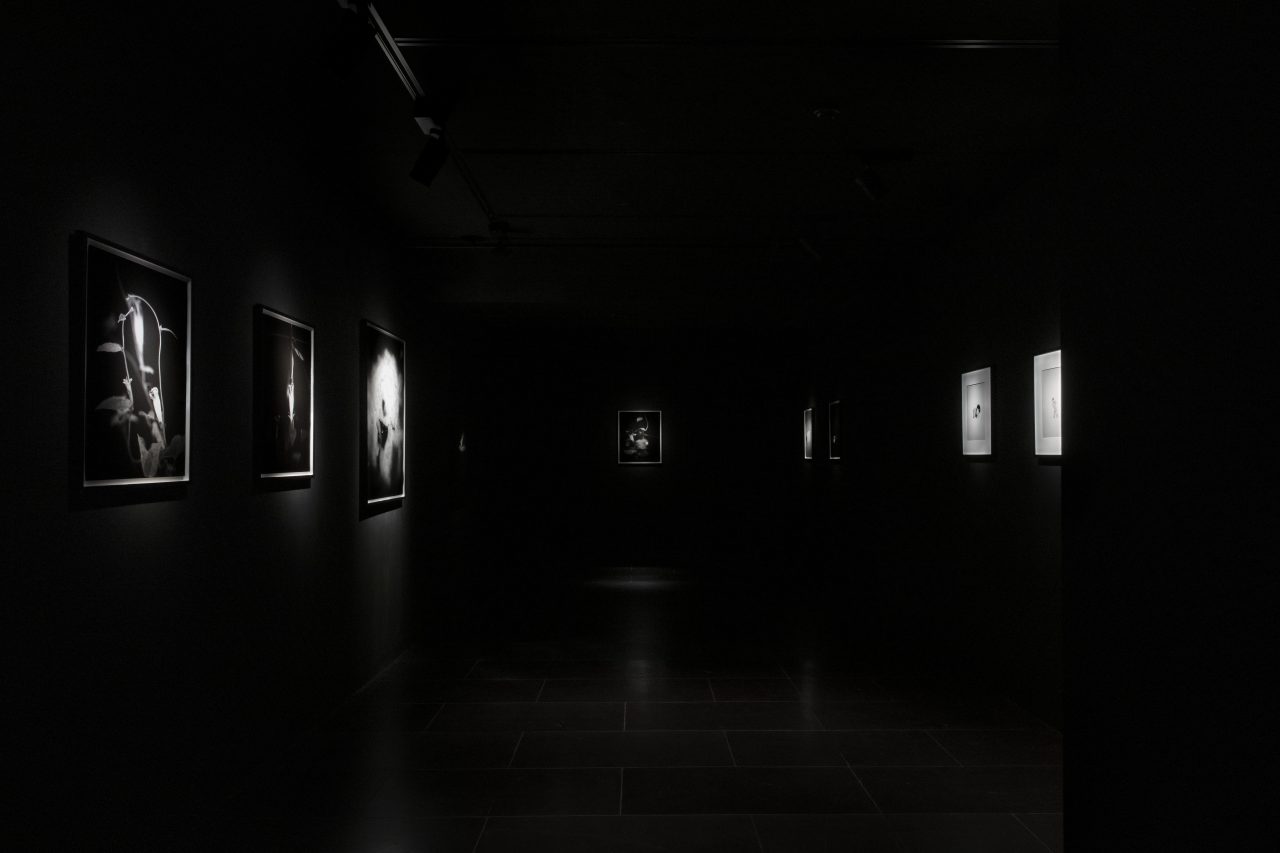
“Rumor Has It: Taro Masushio” installation view at Empty Gallery, 2020
Courtesy of the artist and Empty Gallery
Photo: Michael Yu
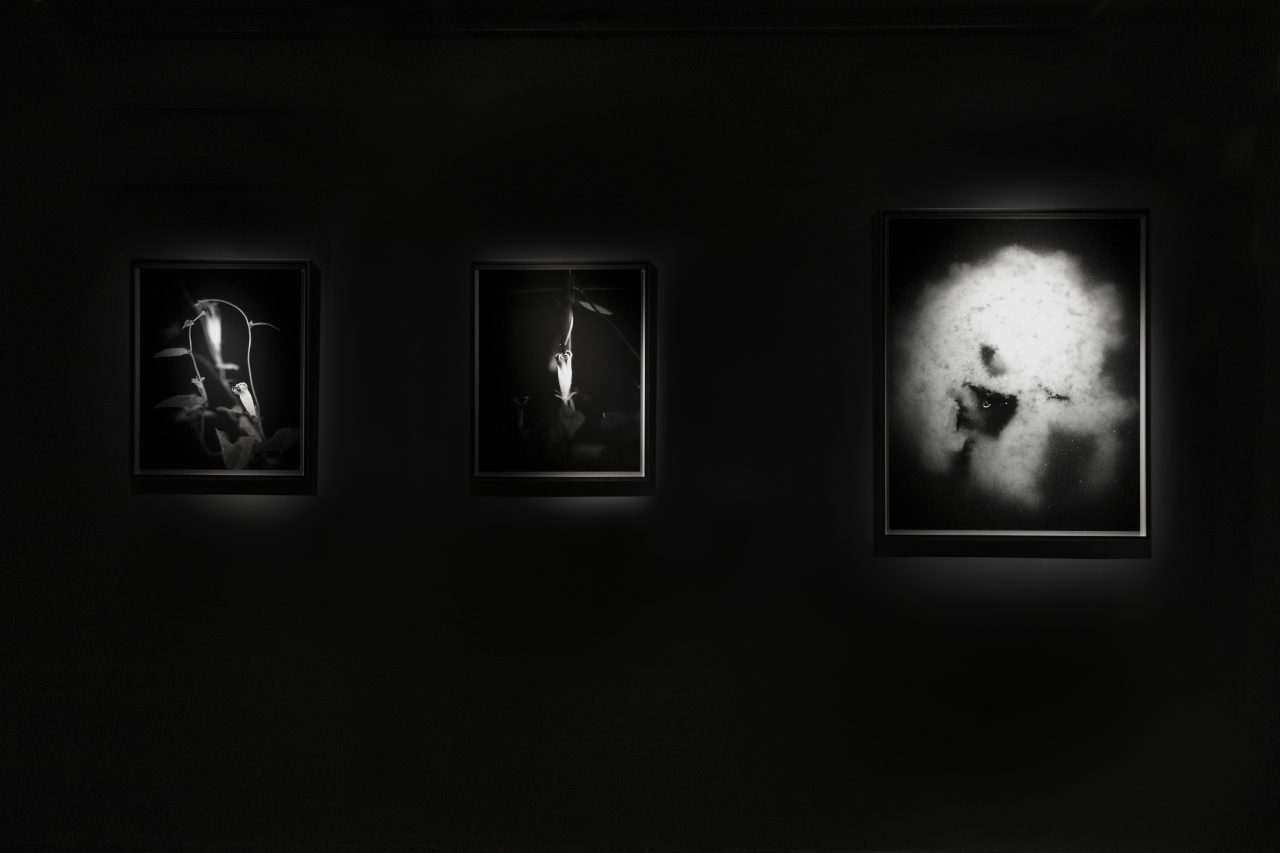
“Rumor Has It: Taro Masushio” installation view at Empty Gallery, 2020
Courtesy of the artist and Empty Gallery
Photo: Michael Yu
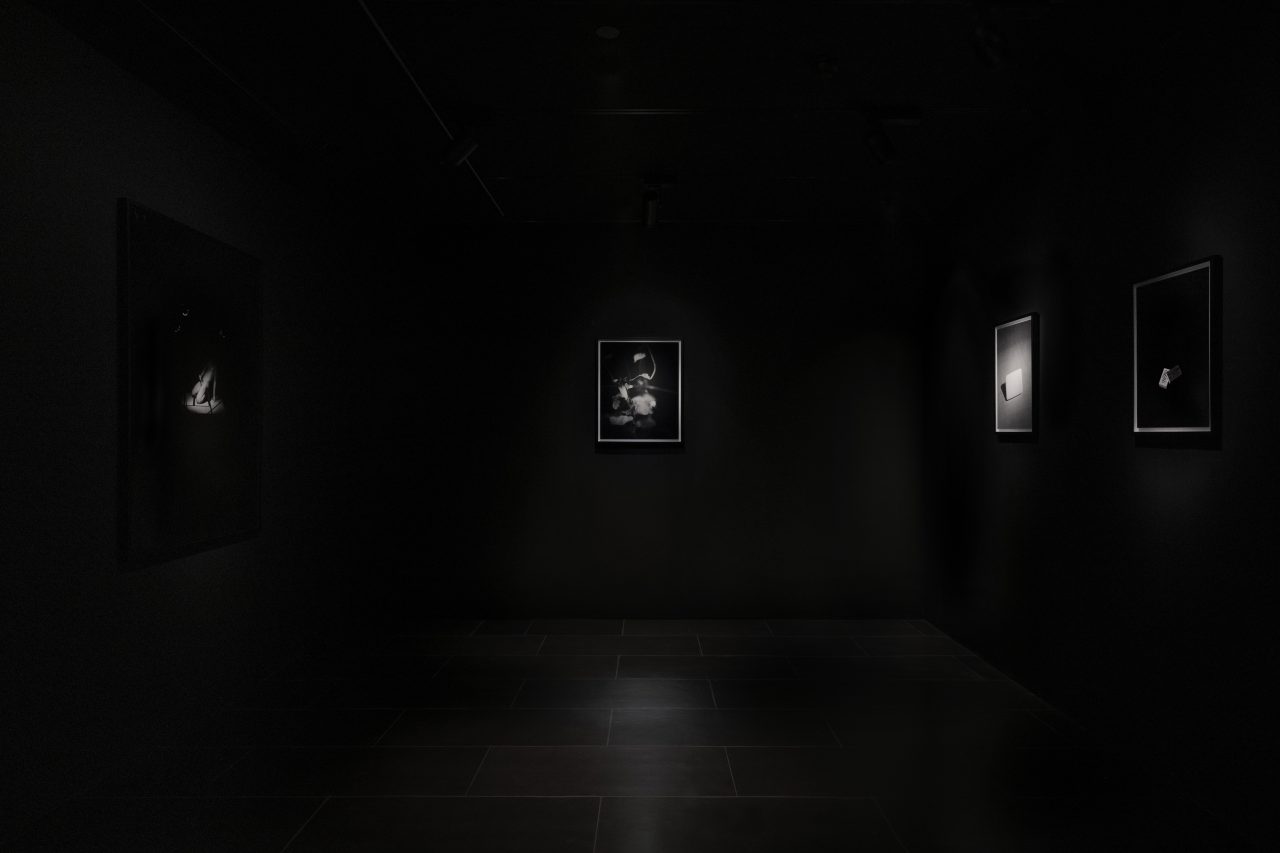
“Rumor Has It: Taro Masushio” installation view at Empty Gallery, 2020
Courtesy of the artist and Empty Gallery
Photo: Michael Yu

“Rumor Has It: Taro Masushio” installation view at Empty Gallery, 2020
Courtesy of the artist and Empty Gallery
Photo: Michael Yu
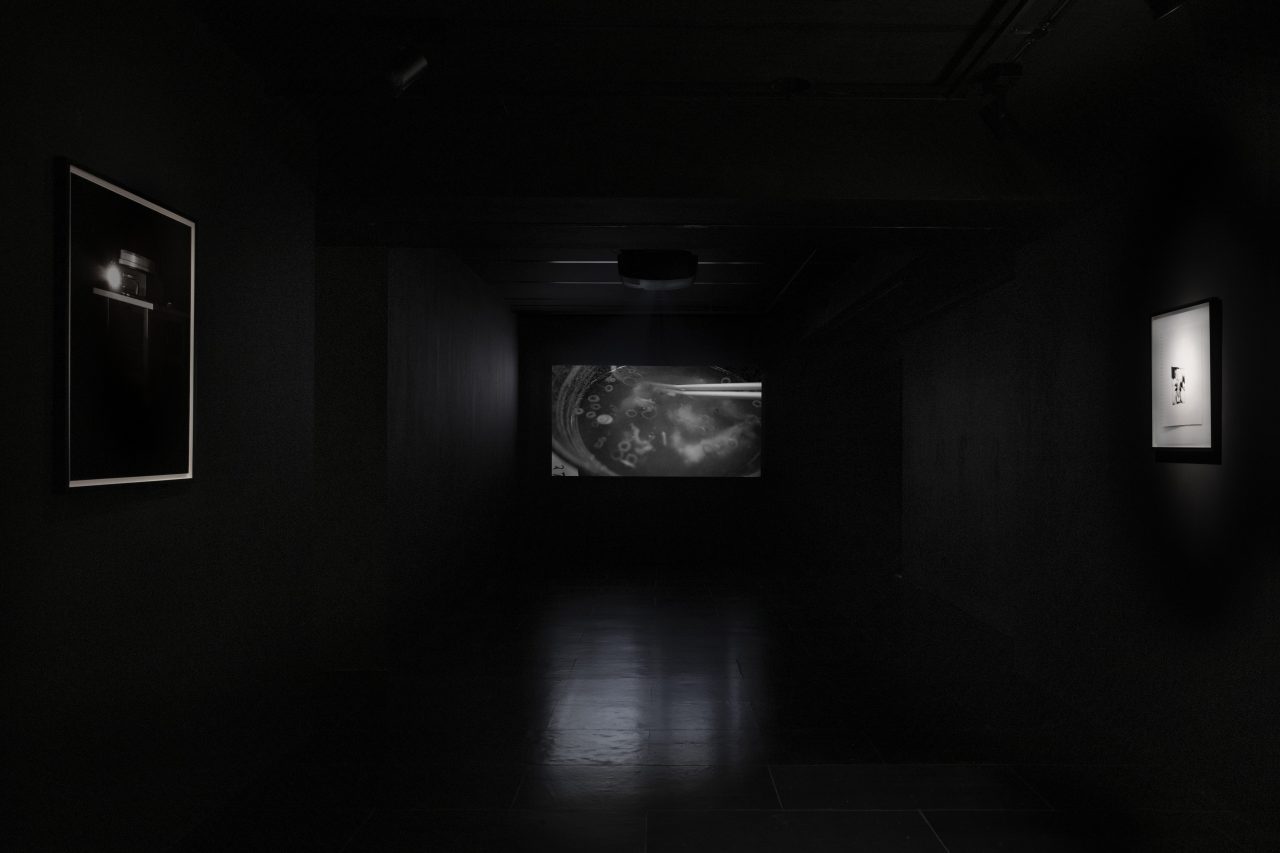
“Rumor Has It: Taro Masushio” installation view at Empty Gallery, 2020
Courtesy of the artist and Empty Gallery
Photo: Michael Yu
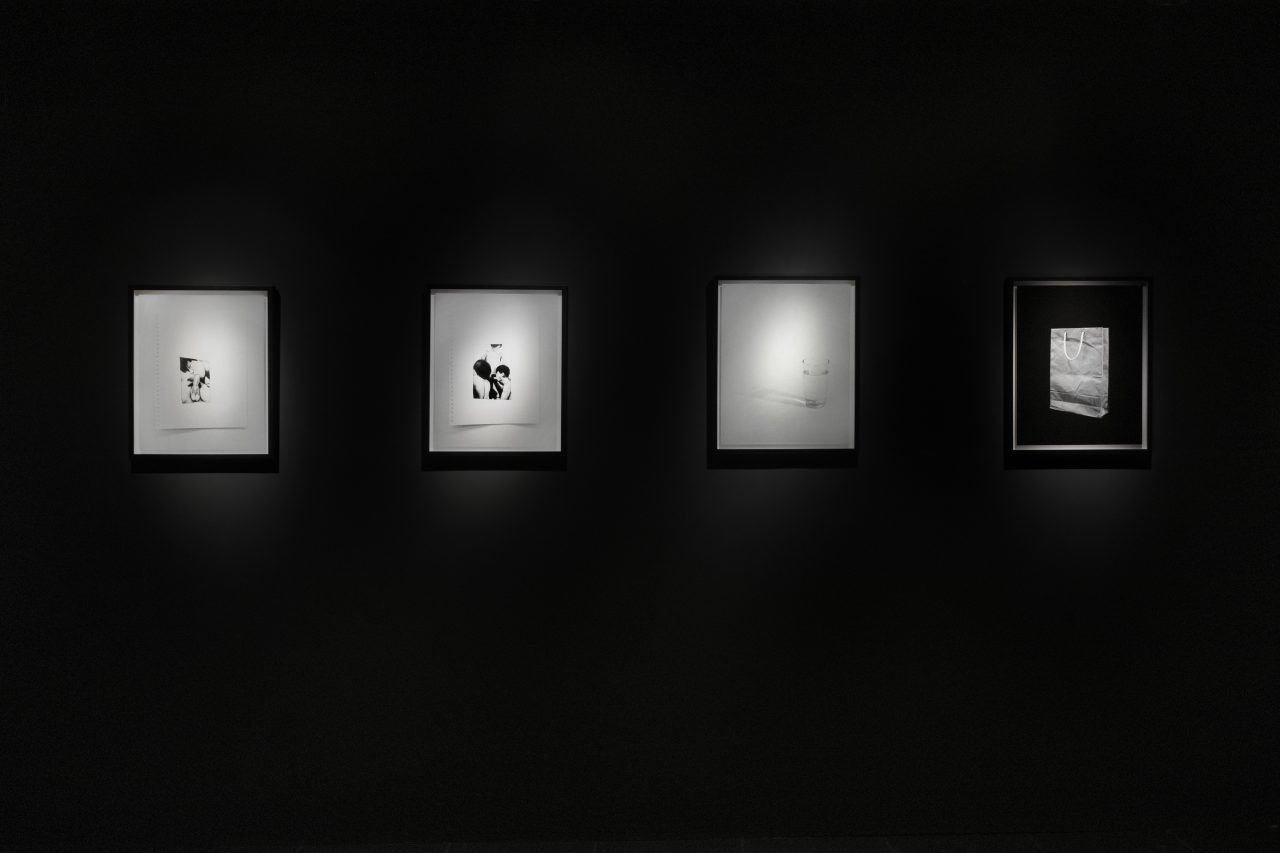
“Rumor Has It: Taro Masushio” installation view at Empty Gallery, 2020
Courtesy of the artist and Empty Gallery
Photo: Michael Yu

“Rumor Has It: Taro Masushio” installation view at Empty Gallery, 2020
Courtesy of the artist and Empty Gallery
Photo: Michael Yu
Empty Gallery is pleased to present Rumor Has It, New York-based artist Taro Masushio’s first solo exhibition with the gallery. Masushio’s conceptual practice positions photography as ontological proposition or speculative machine within a nexus which also includes prose, video, drawing, and sculpture. He investigates the capacity of images, not to document an underlying reality, but to manipulate and endlessly extend our own perception– mobilizing the domains of time, space, and affect as plastic qualities to be sculpted in the pursuit of other possible worlds.
The body of work which comprises Rumor Has It originates from Masushio’s fateful encounter with an idiosyncratic archive of homoerotica housed within a humble Saitama apartment. Captivated by this trove of precious negatives and files, these charged repositories of furtive desire populated only by nameless boys, Masushio discovers the figure of En’ya, a suitable conduit for his obsessions. Consisting of photography, video, and a single monolithic sculpture, the exhibition is centered around the historical enigma of Jun’ichi En’ya (1916-1971), known colloquially as “Uncle from Osaka”. Amongst many other things– a father, a husband, a photo-lab technician, and other roles which are doubtless unknown– En’ya was one of the earliest homoerotic photographers in Japan. An itinerant cameraman who was spurred by his compulsions to shoot the naked bodies of some two thousand different men; the author of a personal atlas of desire. Rather than seeking to evoke the inaccessible truth of this historical figure, Masushio instead conjures the specter of one possible En’ya through a ritualistic tracing (or repetition) of his life and work– one which is enacted through the volatile media of his own body.
This approach is crystallized in a series of rephotographed drawings which Masushio renders laboriously in graphite after individual frames by En’ya– each sketch, a single image from Uncle’s archive. Through this concentrated act of (re)creation, it might be imagined that the reflected light inscribed not only on the photographic negative, but in the distant past, upon the surface of En’ya’s retina (and thus within the chemical reactions of his cells) is channeled through Masushio’s own nervous system and muscle fibers, undergoing changes in temperature and composition. A rigorous insistence on both a certain neutrality and a realist fidelity to the original images serves only to highlight their essential divergences– the unbridgeable space between these two actors; a chasm which can only be cleared by thought. The resulting works are subtle palimpsests, emanations from an untimely hybrid or doubled existence: En’ya-Masushio / Masushio-En’ya.
This process of doubling is echoed in the other works within the exhibition. A series of still-lifes document ephemera and found objects, both real and imagined. Some were gathered by Masushio on pilgrimages to En’ya’s old neighborhood– where armed with half-remembered anecdotes and addresses, he attempted to add his presence to the spaces once inhabited by this man– others are purely fictive, domestic props which may conceivably have populated discrete moments of a life. Seemingly stripped of context, these tawdry and commonplace objects are some of the most radically exposed, and therefore, erotic, images in the exhibition. A cheap bar of soap, an open bottle of Sapporo, a bowl of tamagogami: all of these apparently simple commercial items conceal a hidden plenum of potential meaning. They serve simultaneously as fictive documents of the Showa-era material culture which En’ya inhabited, self-reflexive glosses on the photographic medium, and lewd inside-jokes. Sidestepping figuration, they nevertheless allude to a certain proximity to or intimacy with the rhythms, compulsions, and exigencies of an absent body.
Another series of images depicts Asagao or morning glories, the care of which is sometimes used as a tool for instructing Japanese schoolchildren in certain aspects of national character and virtue. As in Masushio’s other still lifes, the cultural ubiquity or apparent blandness of the subject-matter functions as a sort of camouflage for other potential meanings. Although morning glories bloom during the day and close their buds tightly at night, Masushio chooses to photograph them during the latter part of this cycle, leaving the viewer to imagine the invisible movement occurring within the interior of these sealed blossoms; each closed form an active potentiality. These hermetic blooms imply both the idea of embodied time spent performing social roles, and the simultaneous maintenance of a private world– an allusion not only to En’ya himself but to a whole libidinal economy and mode of existence. By peeping on these flowers, and attentively capturing their minute nocturnal stirrings, Masushio directs our attention to a promiscuous dialectic of presence and absence, display and withdrawal, hiding and revealing– sensitizing the viewer to the manner in which something as simple as a glance, a gesture, or a mode of looking can conceal the threshold of a universe.
TARO MASUSHIO is an artist based in New York City. He received his BA from UC Berkeley and MFA from New York University, and has taught at both institutions. His works have been exhibited internationally including at 47 Canal, Capsule Shanghai, Immanence, Pacific Film Archive, and other venues.